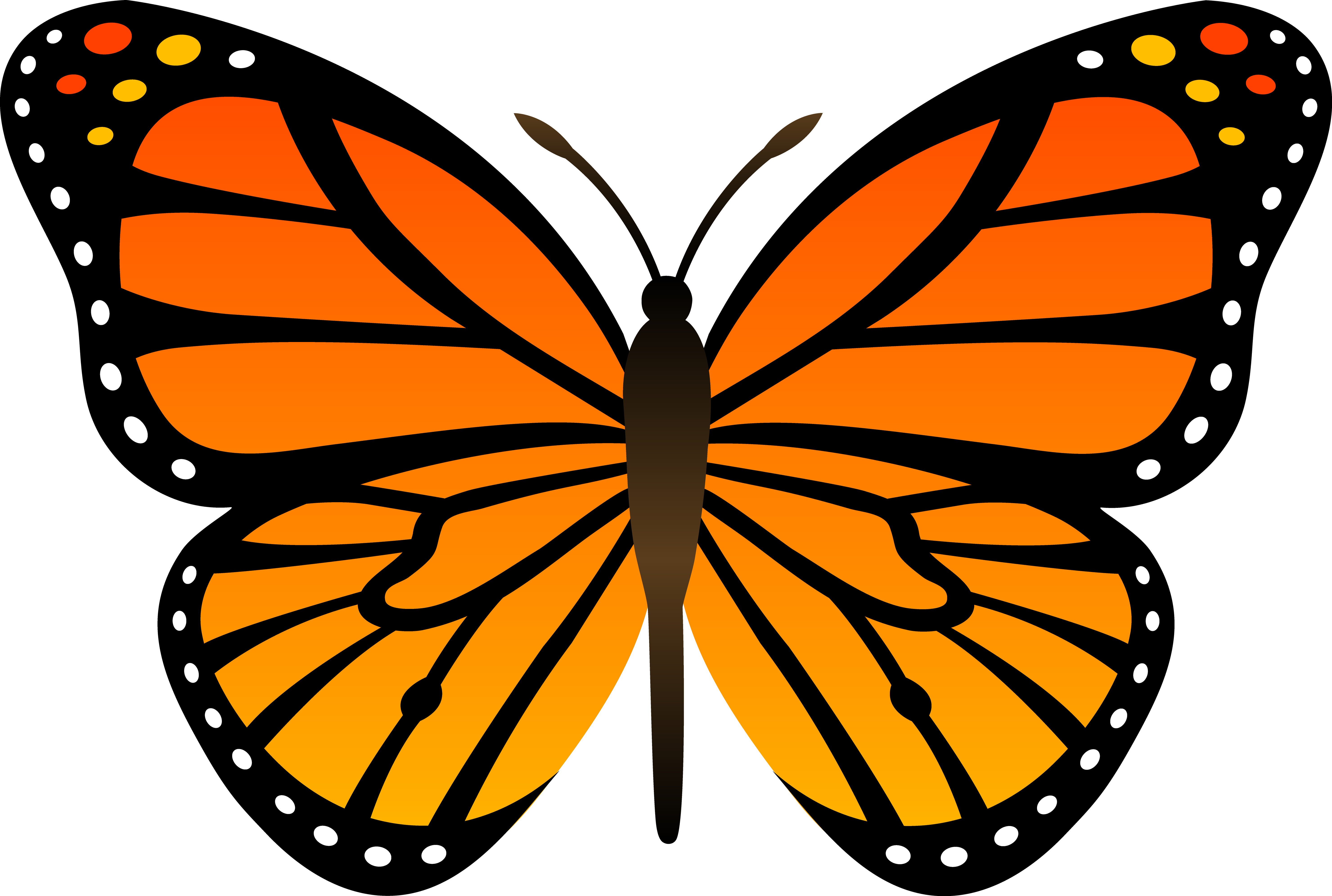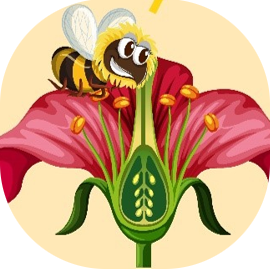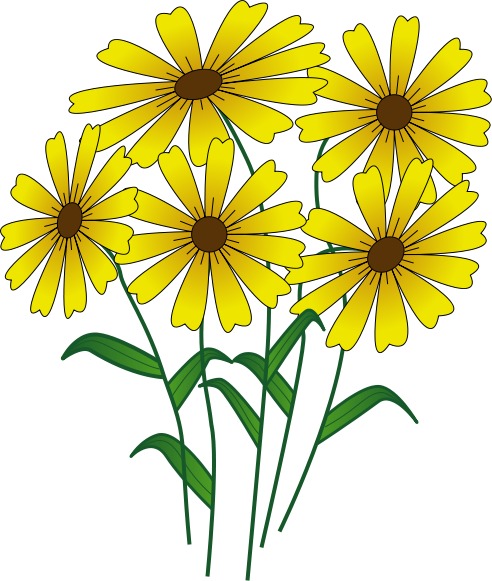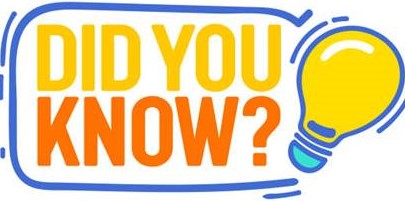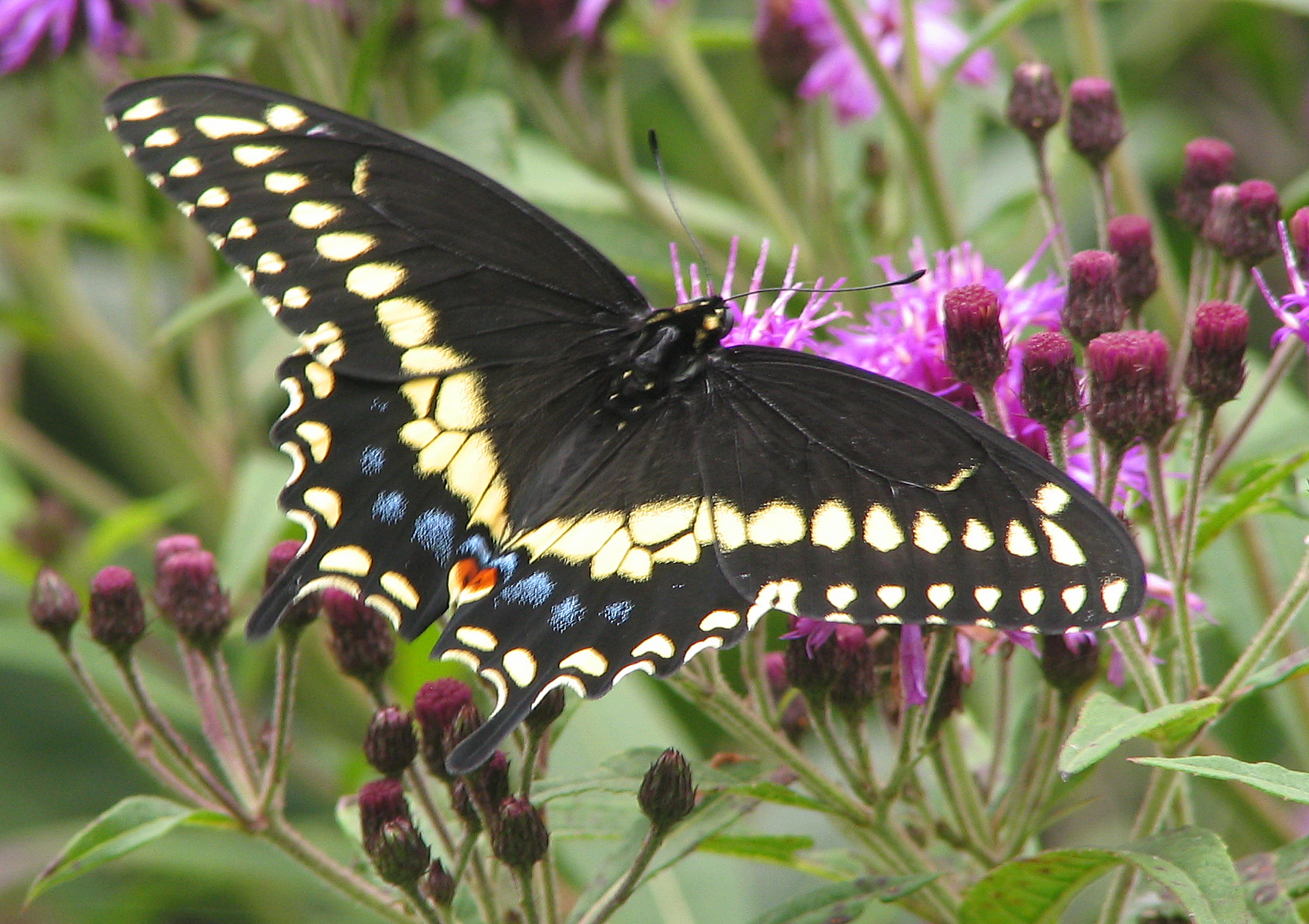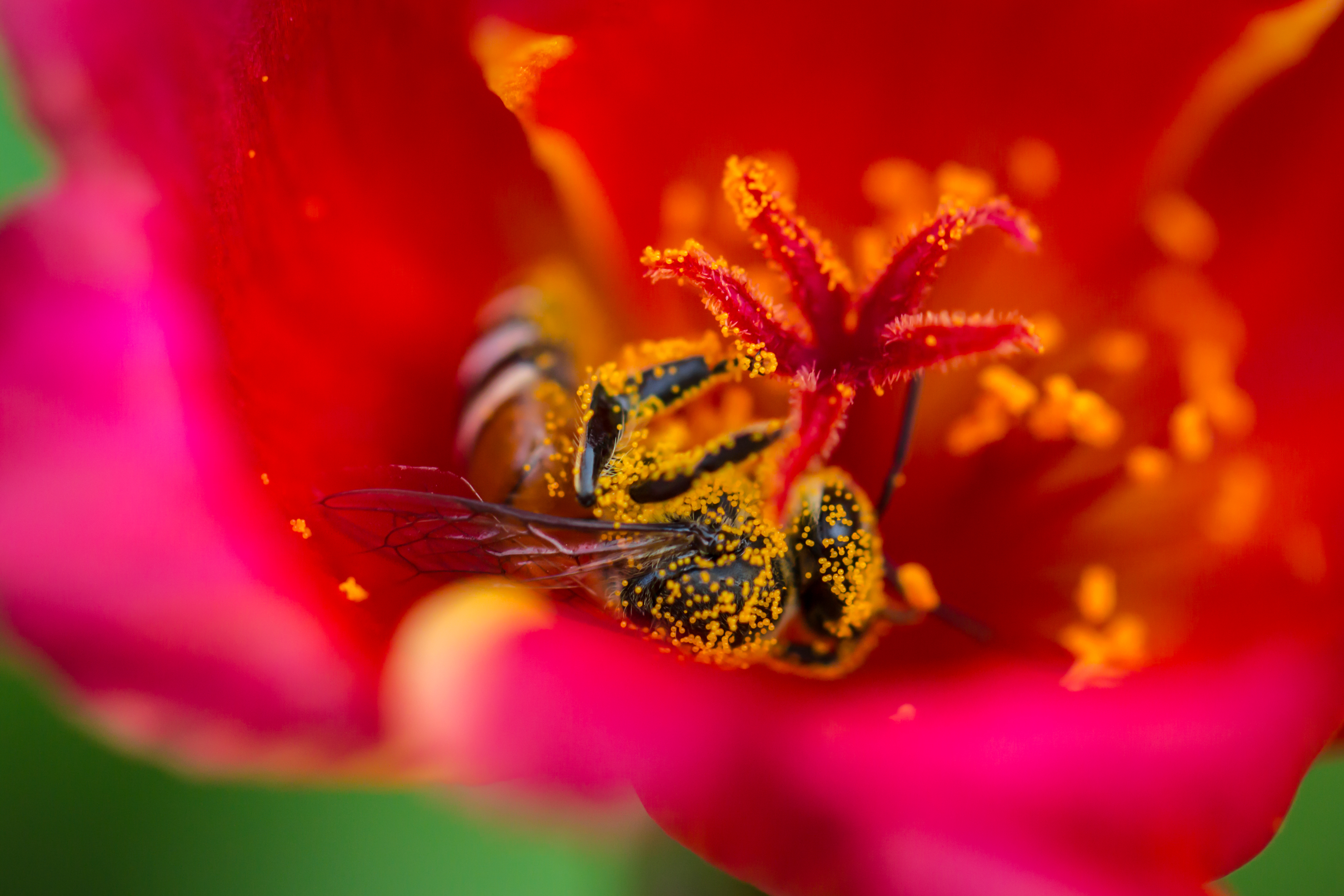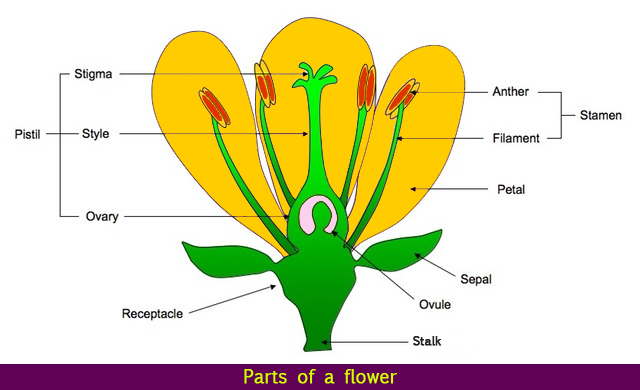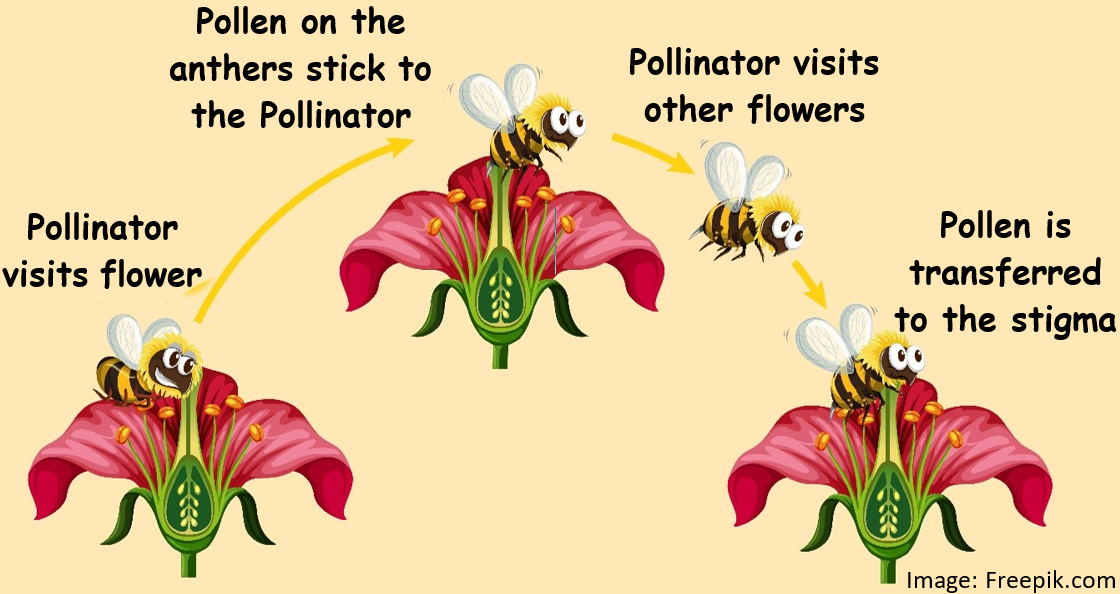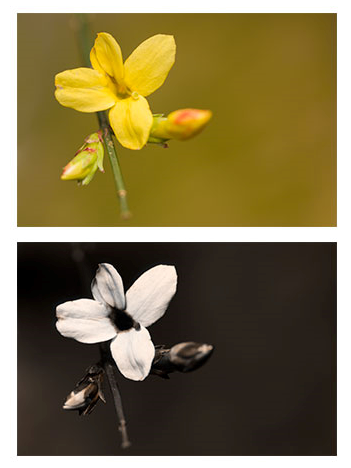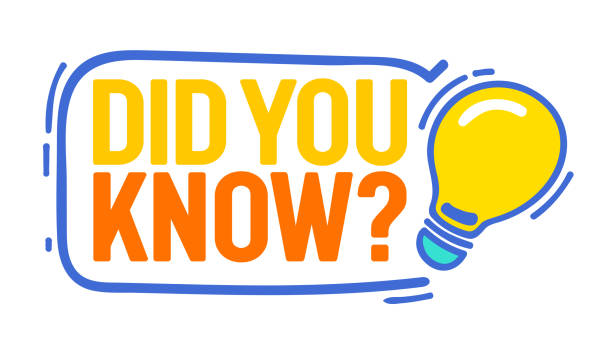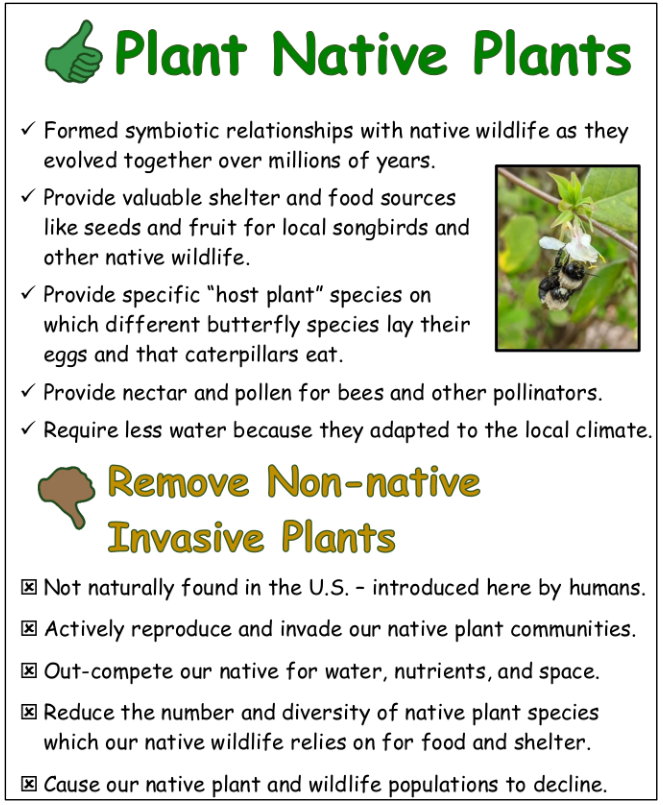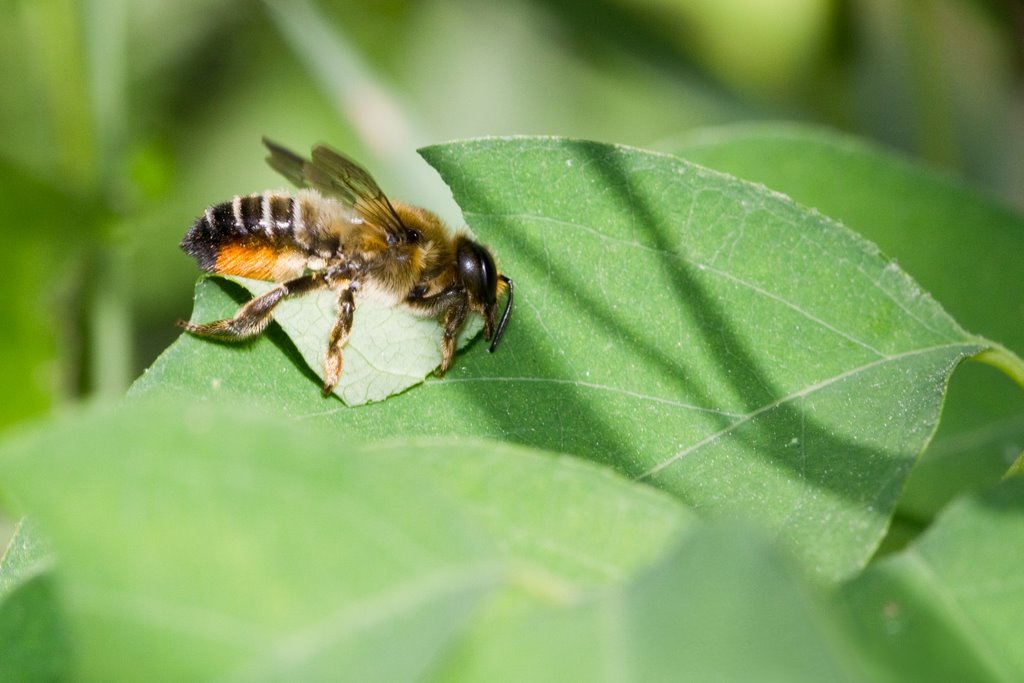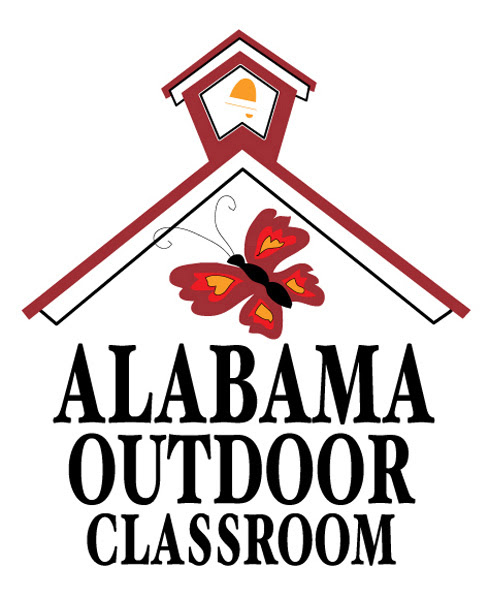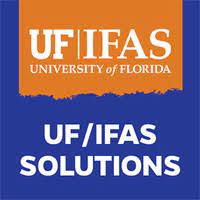Elementary Ecosystem Investigation: Pollinator Garden
*Click Here for Upper Grades (6-12) Version*
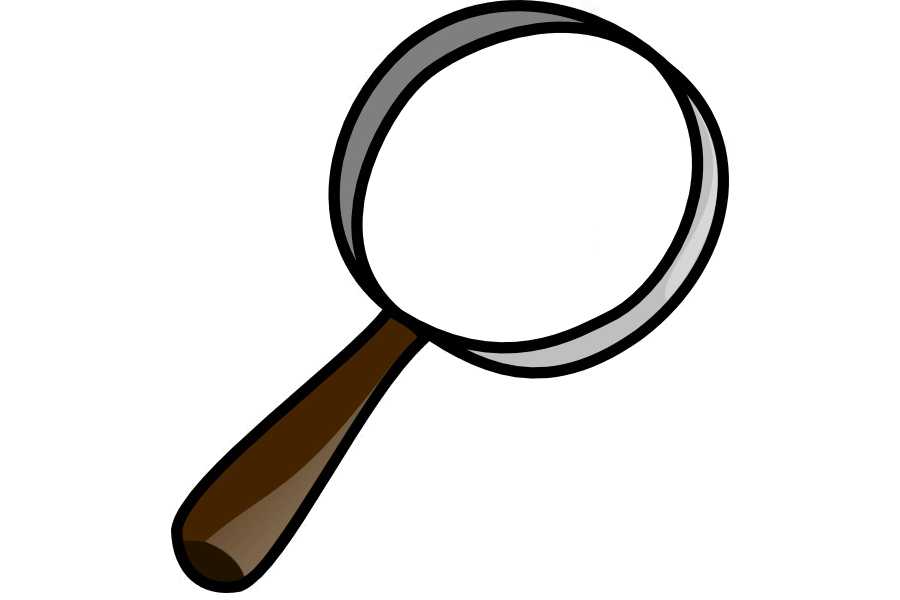
Investigate Pollinators and
Their Habitat
Your pollinator garden is home to native plants and flowers that provide nectar and pollen for native pollinator species including bees and butterflies.
SOURCES
.

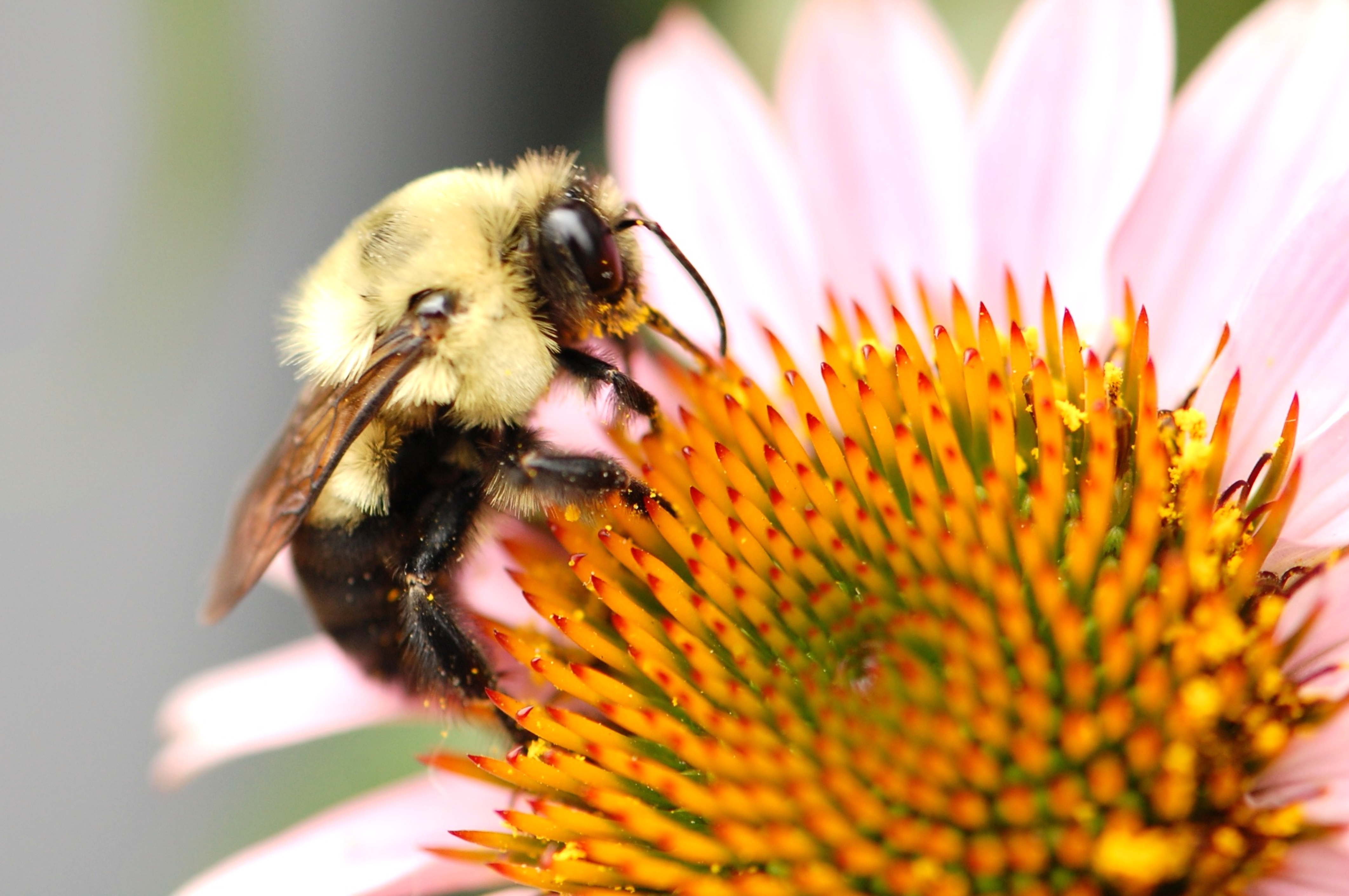 |
| Bumble Bee on Purple Coneflower Dreamstime Click pic to enlarge |
Their Habitat
Your pollinator garden is home to native plants and flowers that provide nectar and pollen for native pollinator species including bees and butterflies.
| Click on the topics below to learn more! | |||
| Alabama's Pollinators | Pollination | Habitat Needs | Interesting Facts |
| Alabama's Pollinators | |
|
Facts about Pollinators
Common pollinators in Alabama include a number of species of: |
Black Swallowtail
Wikimedia - Derek Ramsey Click pic to enlarge |
|
Bee with Pollen
Dreamstime Click pic to enlarge |
|
| - Ants | - Bees | - Beetles | - Butterflies | - Hummingbirds | - Moths | - Wasps | |
| Click on the names of the animals below to read more about the species you will commonly find around your pollinator garden. |
||
| Butterflies like the Monarch or Black Swallowtail | ||
| Bees like the Eastern bumble bee | ||
| Ants like Little Black Ants | ||
| Pollination Process | ||||
| Pollination is the process of moving pollen from the male part of a plant’s flower to the female part of a plant’s flower so that it can create “baby plants” called seedlings. | ||||
|
Structure and Function of a Flower
Stamen: the male part of the flower Anther: the part of the stamen that contains pollen Pistil: the female part of the flower Stigma: the part of the pistil that receives the pollen |
Parts of a Flower
Wikimedia - Anjubaba Click the image to enlarge it |
|||
|
The Steps of Pollination
|
Freepik.com
Click the image to enlarge it |
| Pollinator Vision | ||
| Many pollinators see different ranges of light than we can. Because of this, the way a flower looks to a pollinator might be different from the way we see it. | ||
|
Nectar Guides (on bottom photo)
Wikimedia - Dave Kennard Click on image to enlarge it Click here to view a presentation about pollinator vision and how they perceive color
|
|
|
| Habitat Needs | ||
|
|
Food:
Flowers on native wildflowers, bushes and trees provide nectar (sugary liquid produced by plants) and pollen (yellow, powdery substance from male part of flower). A variety of flower shapes, heights, smells, and colors provide nectar and pollen for many different kinds of pollinators. Fallen, rotting fruit can also provide food for pollinators. |
|
|
|
Water:
Many pollinators get their water by drinking nectar and visiting shallow puddles. Your garden may have a saucer or other shallow dish filled with water and small rocks – this allows pollinators to safely sip water without drowning. |
|
|
|
Shelter:
Vegetation, leaf litter, and dead plants will provide shelter from bad weather as well as predators. |
|
|
|
Places to Raise Young:
Many species of pollinators will lay their eggs on the plants or in the soil in your garden. |
|
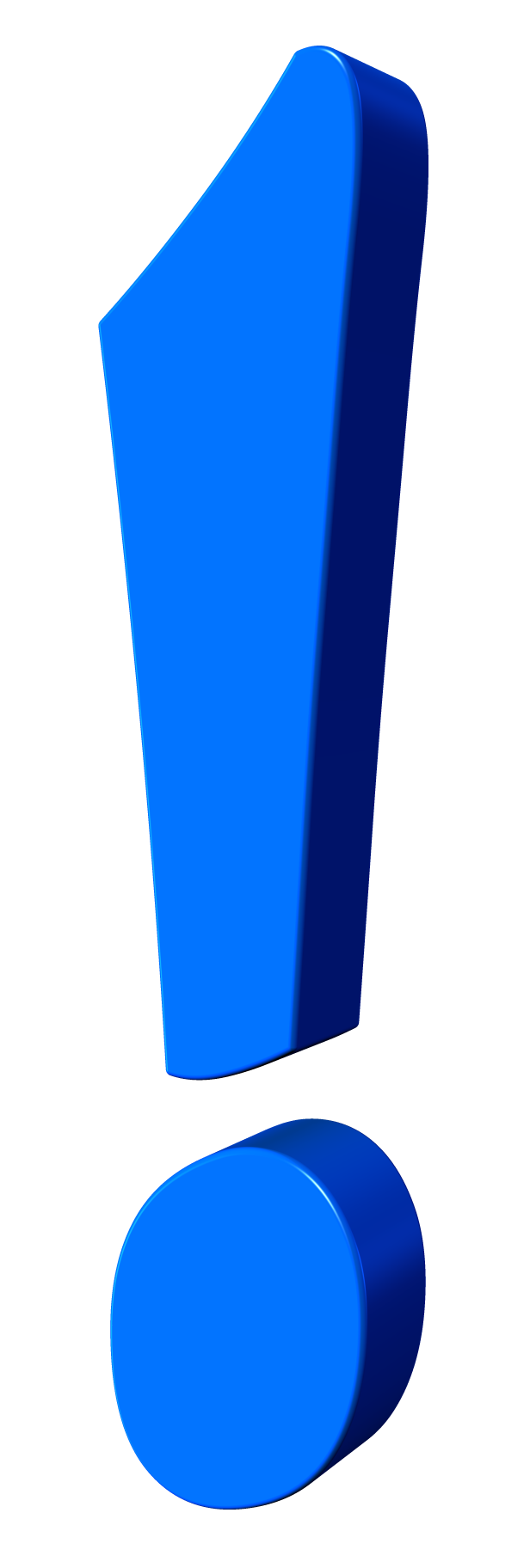 The most important part of a pollinator garden is native plants that occur here naturally and have historically been found here! Read more about them on the poster on the right! You can click on the image to make it larger or download it. Click on the flowers above
to read more about the plant species commonly found in outdoor classroom pollinator gardens! |
||
| Interesting Facts about Pollinators | ||
| Pollinators are extremely important because they are required for many of the foods that we eat. It is important that we create habitat for pollinators because many populations of pollinators, including bees, flies, butterflies, and beetles, are in decline. | ||
| #1: |
It is estimated that animal pollinators are needed for the reproduction of 90% of flowering plants and one-third (33%) of human food crops. This means that you can thank a pollinator for every one out of three bites of food you eat! |
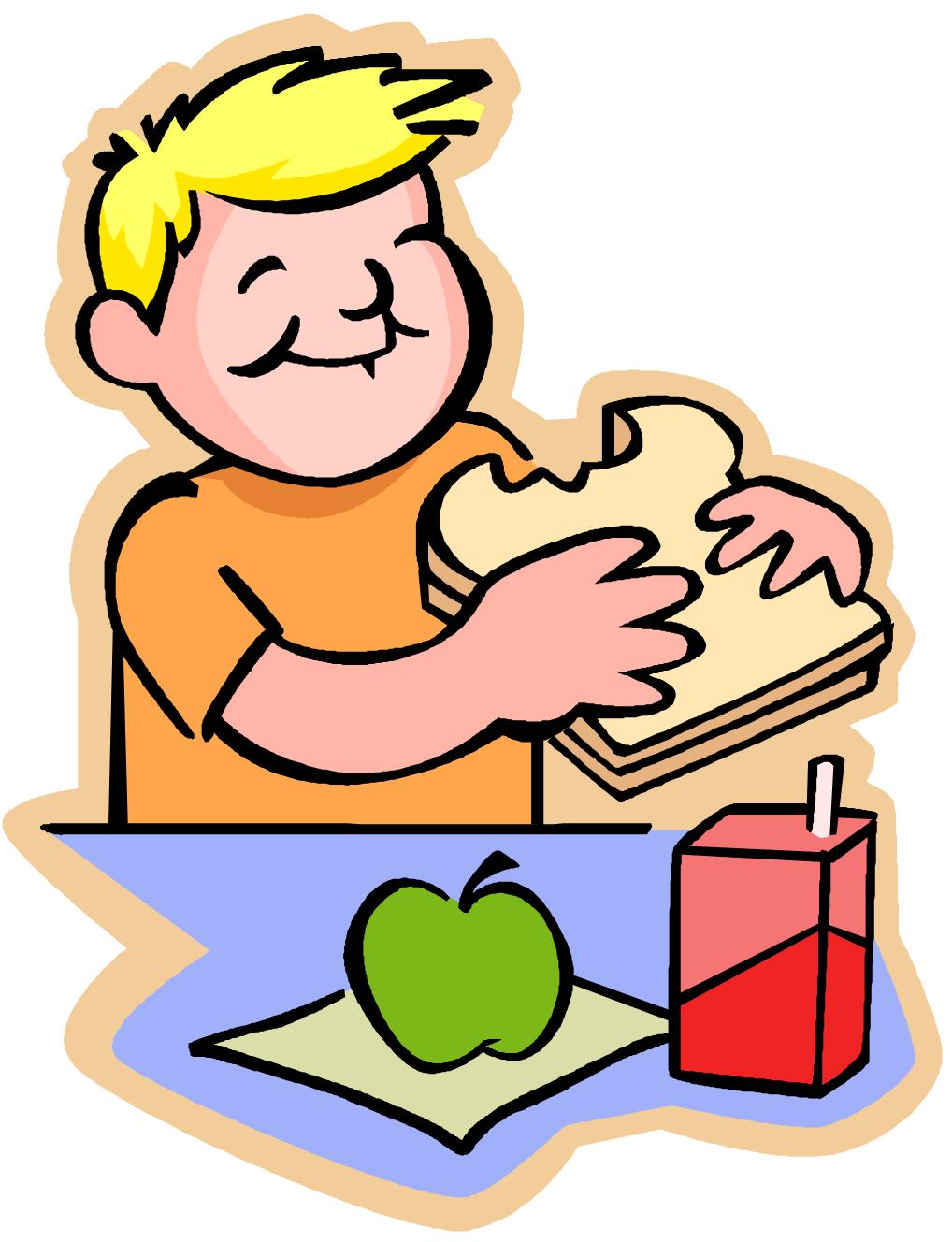 |
| #2: |
Pollinators play a significant role in the production of over 150 food crops in the U.S.— including apples, almonds, blueberries, cranberries, kiwis, melons, pears, plums, and squash. |
|
| #3: |
In the U.S., pollination produces nearly $20 billion worth of products annually including forest products made from trees such as paper and cardboard. | |
| #4: |
There are roughly 200,000 animal species around the world that perform as pollinators. Less than 1% of pollinators are vertebrates (animals with a spine), and those pollinators include birds, bats, and other small mammals. Most of the pollinators (over 99%) are invertebrates (animals without a spine) such as insects and bugs like ants, flies, beetles, butterflies, moths, wasps, and bees. |
|
| #5: | Pollinators also help other animals by pollinating the plants that other wildlife use for their habitat needs including sources of food and cover. | |
| #6: | In addition, many plants that require pollination help keep our ecosystems healthy. Their roots help prevent soil erosion (gradual destruction), they help filter and clean our waterways (lakes, streams, etc.), and they help remove carbon dioxide from the air. | |
One native (occur here naturally) leafcutter bee can do the pollination job of 20 non-native bees (do not occur here naturally and were brought here from other countries). |
Leafcutter Bee
Wikimedia - Bernhard Plank Click the image to enlarge it |
|
| #7: | ||
| #8: | This is why it is so important we create habitat for pollinators because many populations of pollinators, including bees, flies, butterflies, and beetles, are in decline. | |
SOURCES
|
|
|
|
| |
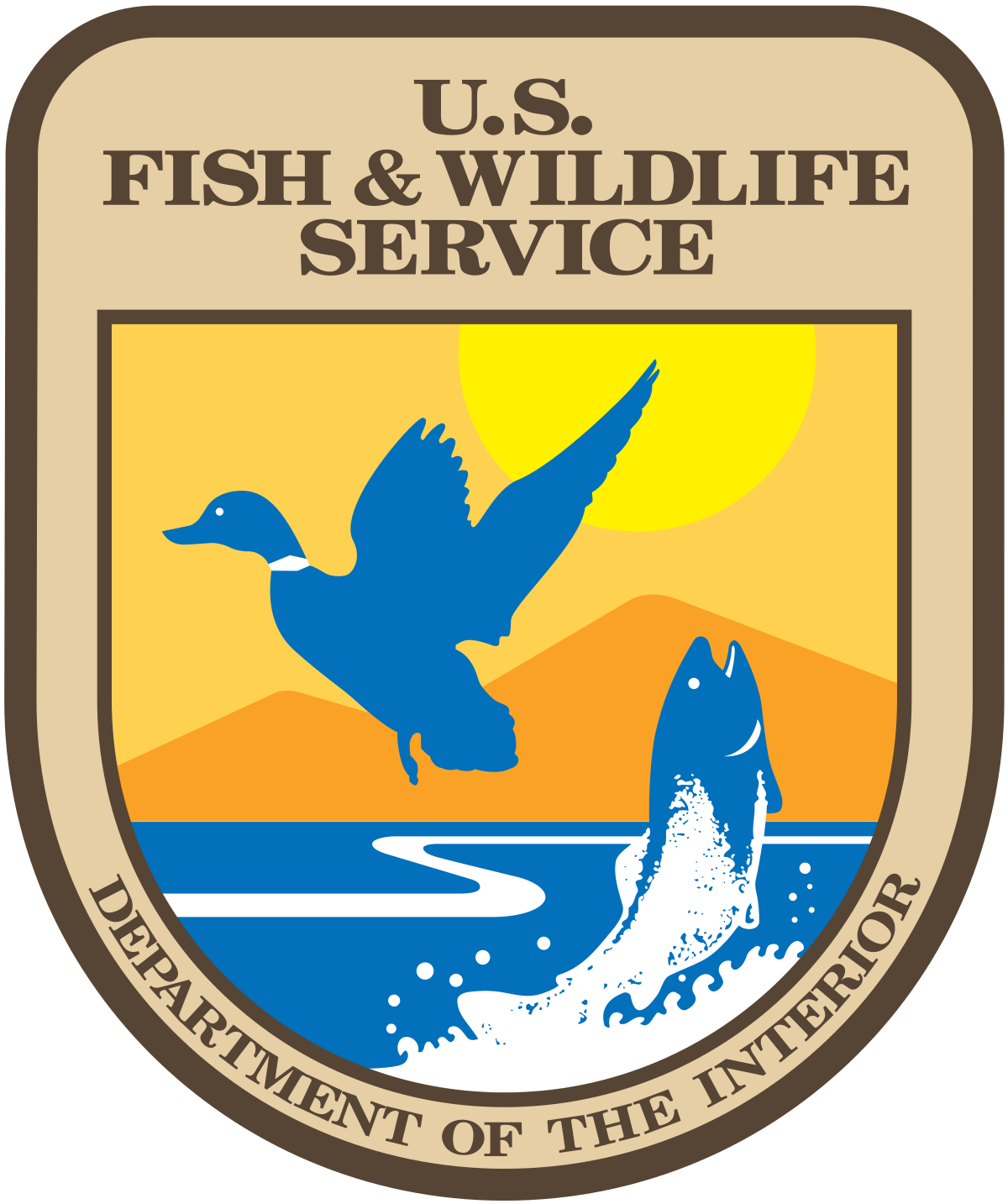 |
|
|
|
||
.
 Wildlife Tag
Wildlife Tag
